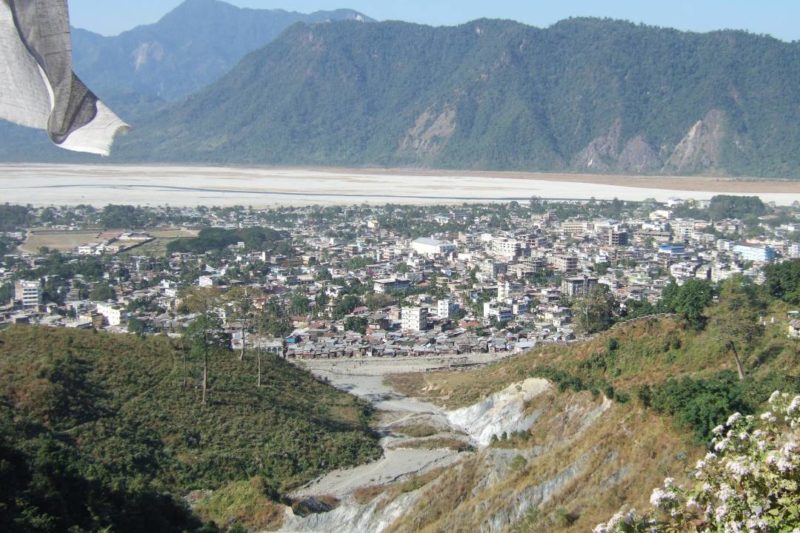Chukha is a hot and wet region located in the dense subtropical forests in Southwestern Bhutan. The region is home to many important plant and animal species.
There are two main ethnic groups present in Chukha, the Ngalops and the Lhotshampas. The Lhotshampas are Southern Bhutanese with Nepalese origins and this creates a wealth of cultural diversity in the region with various non-Buddhist festivals and practices being carried out.
Chukha region is religiously significant as it has been blessed by many renowned Buddhist masters including the venerable Lama Drakpa Jamtsho in the 17th century. He established the Jabar Goemba Monastery at a site surrounded by five mountains with an auspicious resemblance to the five religious hats worn by lamas. The main relic of this monastery is a holy Phurba or ritual dagger that is said to have flown to the monastery from Tibet. Legend holds that the dagger continues to defy gravity to this day
Another important religious site in the region is the Tshamdrak Goemba. This monastery dates back to the 17th century and was founded by Lam Ngawang Drakpa. It contains important relics such as the 100 Ceremonial Drums and a large stone slab that is attributed to Ap Chundu, the guardian deity of Haa. The most distinctive feature of Chukha is the Chukha and Tala Hydropower projects. The two projects tap the fast-running waters of the Wang Chhu and Paa Chhu to produce more than 1,500 megawatts of power. These two dams are absolutely crucial to the country as they are still the largest providers of revenue for the Kingdom.

